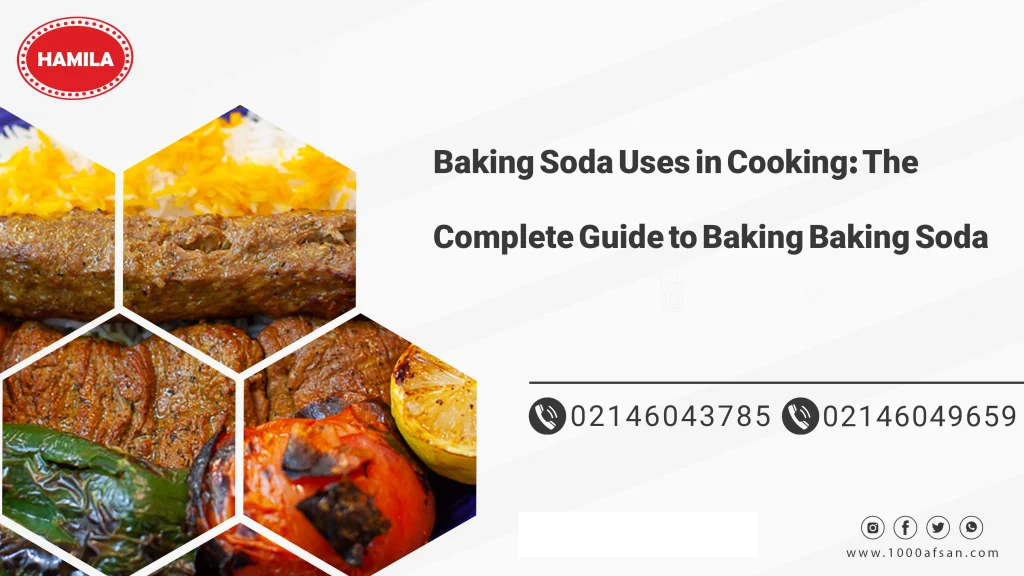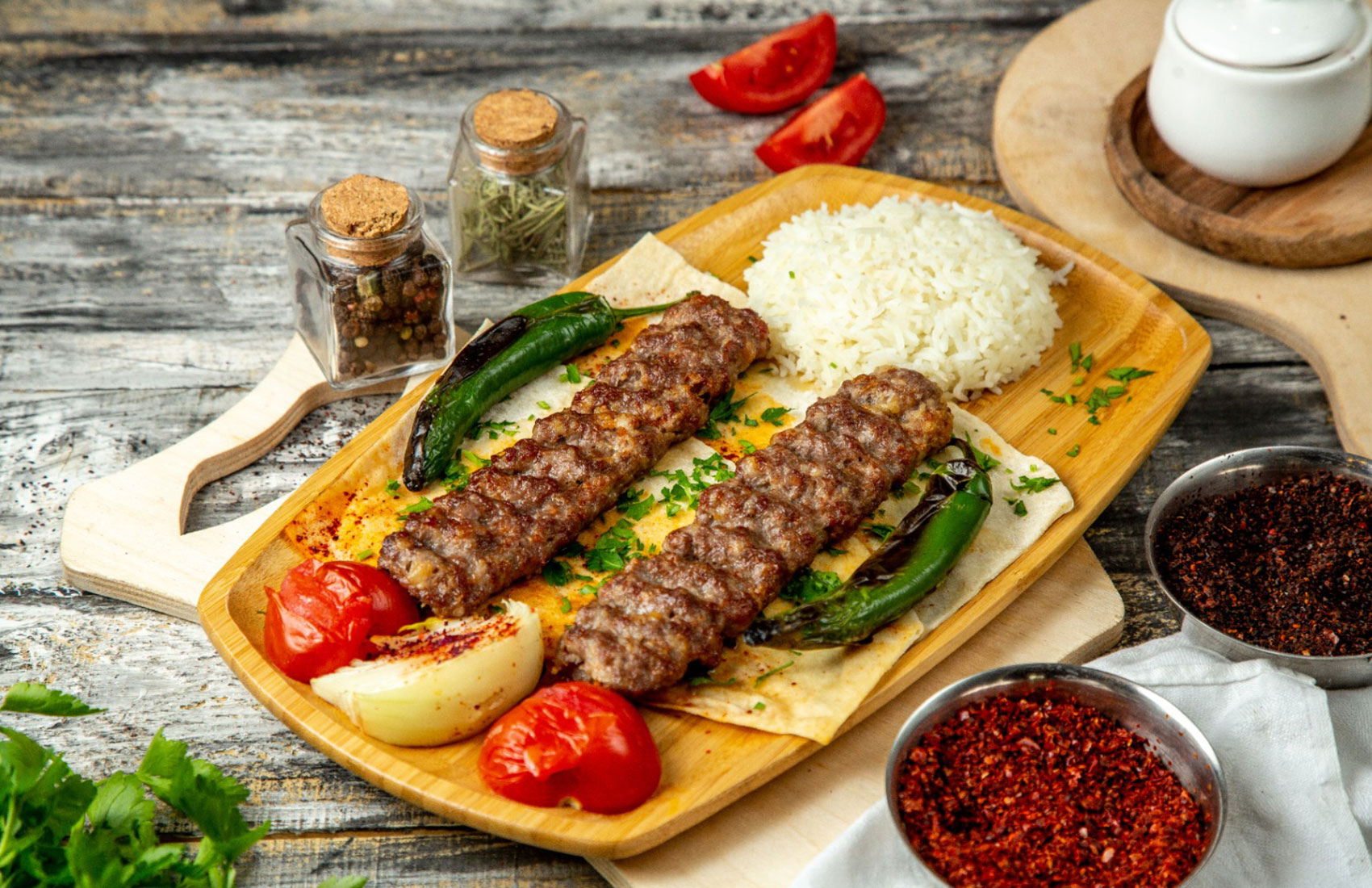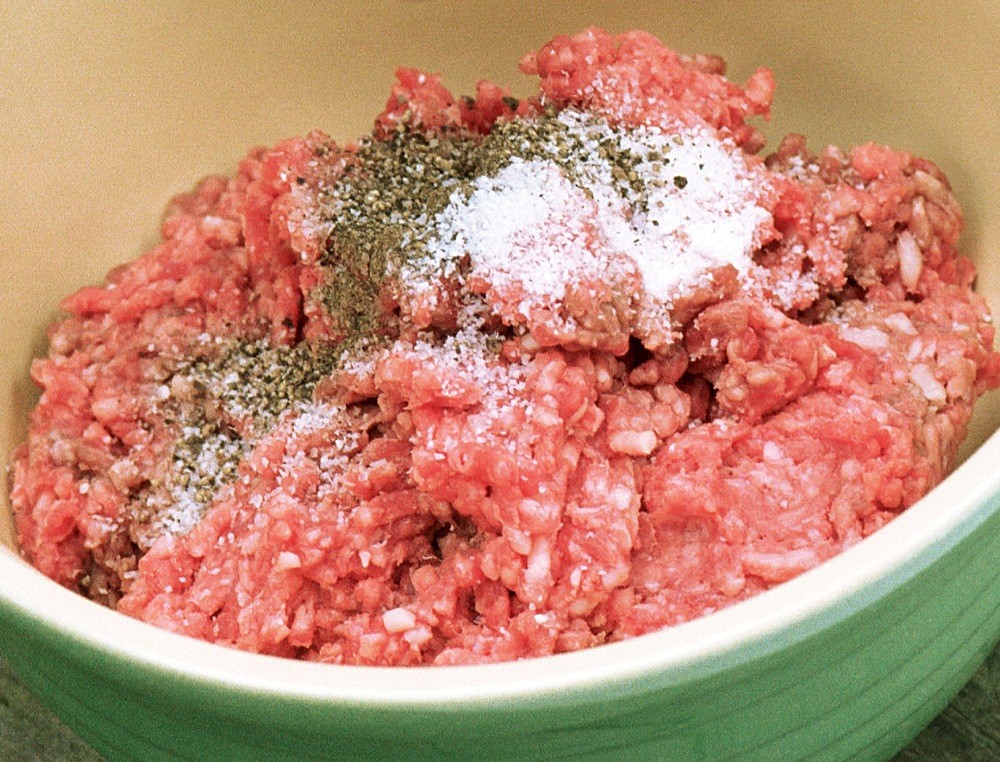Baking Soda Uses in Cooking: The Complete Guide to Baking Baking Soda

Uses of baking soda in cooking: a complete guide to making batter with baking soda
Applications of baking soda
Baking soda, also known scientifically as sodium bicarbonate, is an inexpensive and readily available mineral that has many uses in cooking.
Baking soda’s main function in cooking is as a leavening agent. By reacting with acidic substances such as buttermilk, vinegar or lemon juice, this substance produces carbon dioxide, which causes bubbles and puffiness of the dough. This is used in baking all kinds of cakes, cookies, bread and sweets.

A complete guide to making batter with baking soda
Here are some of the common uses of baking soda in cooking:
1. Puffing the dough:
Baking soda, also known as sodium bicarbonate, is a chemical substance widely used in cooking, especially baking. One of the most important uses of baking soda is the puffing of bread, cake and pastry dough.
Baking soda reacts with acidic ingredients in the dough, such as yogurt, vinegar, or lemon juice, to produce carbon dioxide. During cooking, this gas creates holes in the dough and makes it puffy and bulky.
2. Adjusting acidity:
Baking soda, also known as sodium bicarbonate, is a chemical substance widely used in cooking, especially baking. Another important use of baking soda is to adjust the acidity of food.
Baking soda is an alkaline substance that can increase the pH of food by neutralizing acids. This property has various uses in cooking, including:
Crunchy beans:
Adding a small amount of baking soda to the cooking water of legumes, such as beans and peas, will make them cook faster and more tender. It also prevents them from hardening and cracking. The reason for this is the neutralization of phytic acid in legumes by baking soda. Phytic acid interferes with the absorption of some nutrients such as iron and calcium. Neutralizing this acid with baking soda also helps to increase the absorption of these nutrients.
Flavoring the meat:
Adding some baking soda to the meat before cooking neutralizes its unpleasant smell and gives it a more pleasant taste. By neutralizing the lactic acid in the meat, baking soda helps to make it tender.
To prevent sour yogurt:
Adding a small amount of baking soda to yogurt prevents it from turning sour early. Yogurt contains lactic acid, which makes it sour over time. Baking soda increases the shelf life of yogurt by neutralizing this acid.
Tips on using baking soda to adjust acidity
Tips on using baking soda to adjust acidity:
Amount of use: The amount of baking soda needed to adjust the acidity depends on the type of food and its acidity level. In general, you can use ⅛ to ¼ teaspoon of baking soda for every 250 grams of food.
How to add: Add baking soda gradually and slowly to the food and stir until it is evenly mixed.
Flavoring: Baking soda may give food a slightly salty or metallic taste. To neutralize this taste, you can use some lemon juice or vinegar.

3. Improving food color:
Baking soda, also known as sodium bicarbonate, is a chemical substance widely used in cooking, especially baking. Another interesting use of baking soda is to improve the color of some foods, especially green leafy vegetables.
Green leafy vegetables such as broccoli, spinach and green beans are green in color due to the presence of a pigment called chlorophyll. Chlorophyll is more stable in alkaline environment and decomposes in acidic environment. Cooking vegetables in acidic water, like regular water, will make their green color duller and browner.
By neutralizing the acidity of the water, baking soda prevents the decomposition of chlorophyll and the change of color of vegetables. As a result, vegetables cooked in water containing baking soda will have a brighter and more attractive green color.
How to use baking soda to improve food color:
Boil water: First, boil some water in a pot.
Add baking soda: For every 4 liters of water, add 1 teaspoon of baking soda.
Add vegetables: Add vegetables to boiling water containing baking soda.
Cook the vegetables: Cook the vegetables for the required time. Cooking time depends on the type of vegetables.
Drain the vegetables: After cooking, drain the vegetables and immediately plunge them into cold water to stop their cooking.
4. Preparation of sauce and soup:
Baking soda, also known as sodium bicarbonate, is a chemical substance widely used in cooking, especially baking. Another interesting use of baking soda is to prepare certain sauces and soups, such as lentil soup.
Thickening sauce and soup:
By neutralizing the acid in tomatoes and other sauce and soup ingredients, baking soda helps thicken them. The acid in these materials prevents the starch in them from gelling. By neutralizing this acid, baking soda helps to gel starch and thicken sauces and soups.
The effect of baking soda on battered kebab
Baking soda, also known as sodium bicarbonate, is a chemical substance widely used in cooking, especially baking. One of the common uses of baking soda is battered barbecue.
Using baking soda in cooking has two main effects:
1. Beaten puff:
Baking soda reacts with acids in meat, such as lactic acid, to produce carbon dioxide. During cooking, this gas creates a hole in the batter and causes it to puff up and become bulky.

2. Crispy pounded:
By increasing the pH of the meat, baking soda makes the proteins in it stick together better
d. This makes the batter more crispy and delicious.
The right amount of baking soda:
The right amount of baking soda for pounding is ¼ teaspoon per 1 kg of meat.
The right amount of baking soda
Conclusion:
Baking soda can be used as a cheap and readily available ingredient to make the batter puffier and crisper in cooking. With a little care and delicacy in using it, you can take advantage of the benefits of this amazing ingredient in your cooking and prepare a delicious and delicious batter.
Meta description: Baking soda can be used as a cheap and readily available ingredient to puff and crisp batter in cooking.



